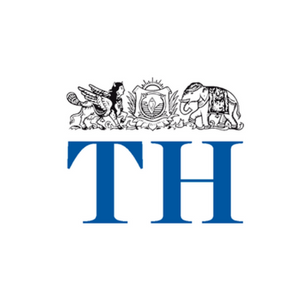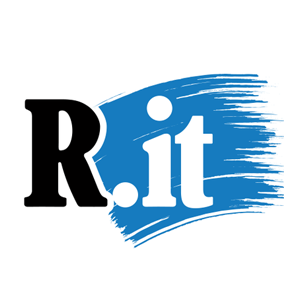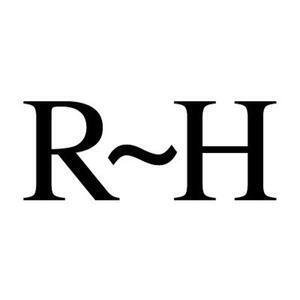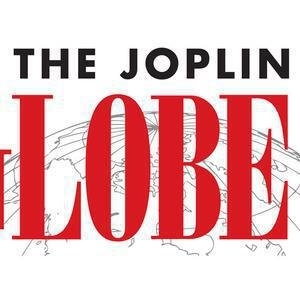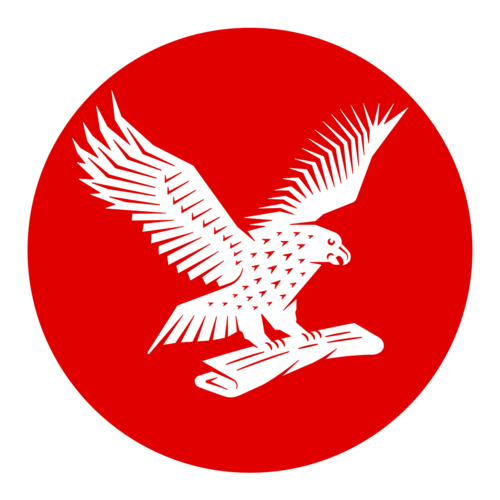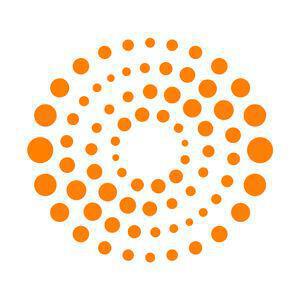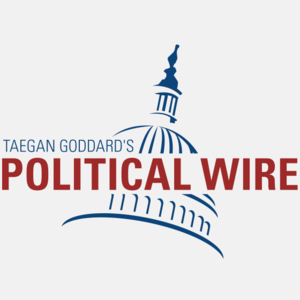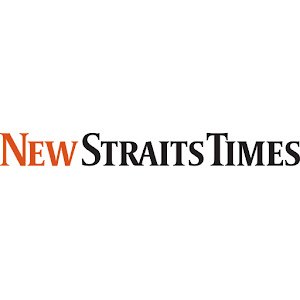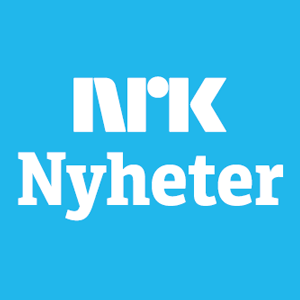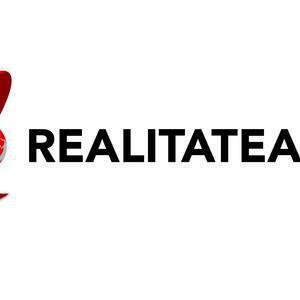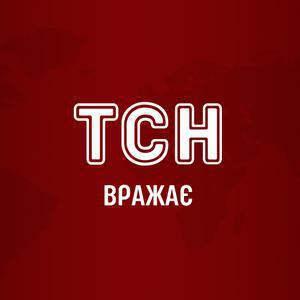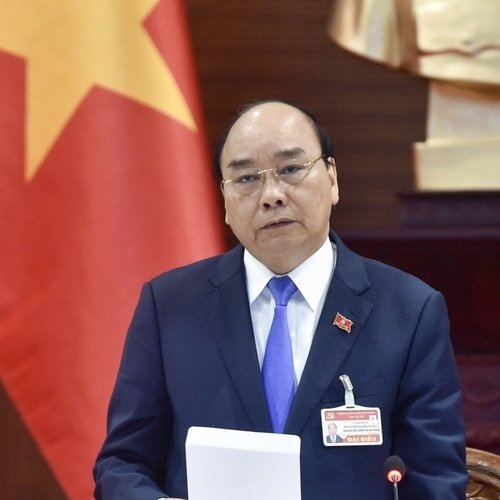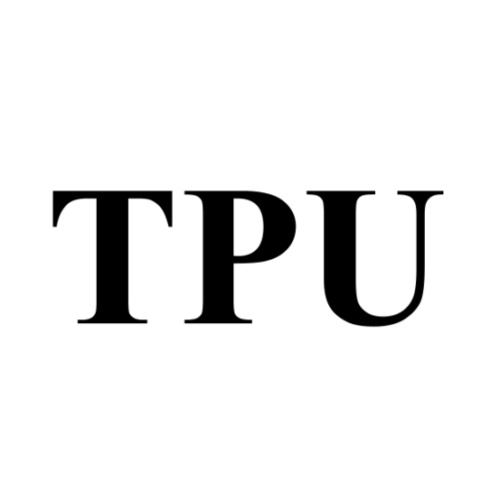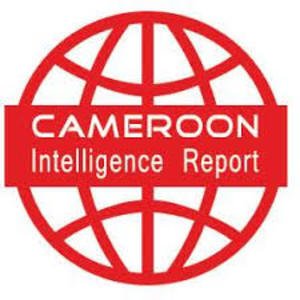- Russian forces intensified pressure on Ukrainian positions in Kursk, leveraging cutting-edge drones and foreign troops to challenge Ukraine’s control. This escalation threatens to reverse Ukraine’s recent gains and undermine its hold on the strategic region.
- Russia’s Rubicon Center uses sophisticated drone tactics to overwhelm Ukrainian defenses, targeting supply routes and bypassing countermeasures.
- Ukraine dominates drone warfare in Donetsk, pinning down Russian troops, but struggles to counter Russia’s drones in Kursk, highlighting a growing gap in electronic warfare.
Full Story
Russian forces are tightening their grip on the Ukrainian-held area in western Russia’s Kursk region, deploying advanced drone units and North Korean troops alongside marines and paratroopers. The push threatened Ukraine’s hold on Sudzha, a key military base, reversing gains made in February 2025, just as the U.S. cut off intelligence sharing and weapons shipments to Kyiv.
The Kremlin’s Rubicon Center of Advanced Unmanned Systems is leading the assault, using sophisticated drone tactics to overwhelm Ukrainian defenses. These drones target supply routes, strike multiple vehicles simultaneously, and function as mobile landmines — detonating under passing convoys.
Unlike other Russian units struggling against Ukraine’s jamming technology, Rubicon’s drones rapidly switch frequencies, allowing them to bypass Ukrainian countermeasures. Ukrainian forces already lost hundreds of vehicles, including Bradley fighting vehicles and armored transport trucks, forcing them into a more defensive posture.
Why is Ukraine struggling to counter Russia’s drone tactics in Kursk?
In Kursk, the advantage remains with Russia. Without effective countermeasures against Rubicon’s drones, Ukrainian troops face a growing challenge in holding their ground.
Ukrainian fighter jets have bombed Russian supply depots and troops have repelled incursions. However, experts warn that without significant improvements in jamming technology, Kursk may become increasingly difficult to defend.
How does Ukraine’s drone strategy compare in Donetsk?
While Russia holds the advantage in Kursk, the situation is starkly different in Donetsk. Ukrainian forces are establishing a strong drone presence, pinning down Russian troops who recently captured Chasiv Yar.
Russian forces report constant waves of Ukrainian FPV drones striking any movement, while supply convoys and armored vehicles struggle to reach the front lines.
Ukrainian forces deployed road-cutting drones to disrupt Russian logistics and are actively hunting enemy UAV teams before they can launch attacks.
Why is Ukraine’s jamming technology more effective in Donetsk?
The effectiveness of Ukraine’s jamming technology in Donetsk is frustrating Russian forces, who complain that their electronic warfare systems cover less than half the frequencies Ukraine uses.
Moscow sent new jammers to the front lines, but they have proven ineffective against Kyiv’s adaptive tactics.
What does this mean for the future of the war?
Drone warfare is reshaping the battlefield across Ukraine. While Kyiv dominates the skies over Donetsk, Russia’s drone surge in Kursk is forcing Ukraine to adapt or risk losing its foothold in the region.
Ukraine’s air dominance in Donetsk stalled Russia’s advance, but the growing drone threat in Kursk could tip the balance unless Kyiv closes the gap in electronic warfare.



